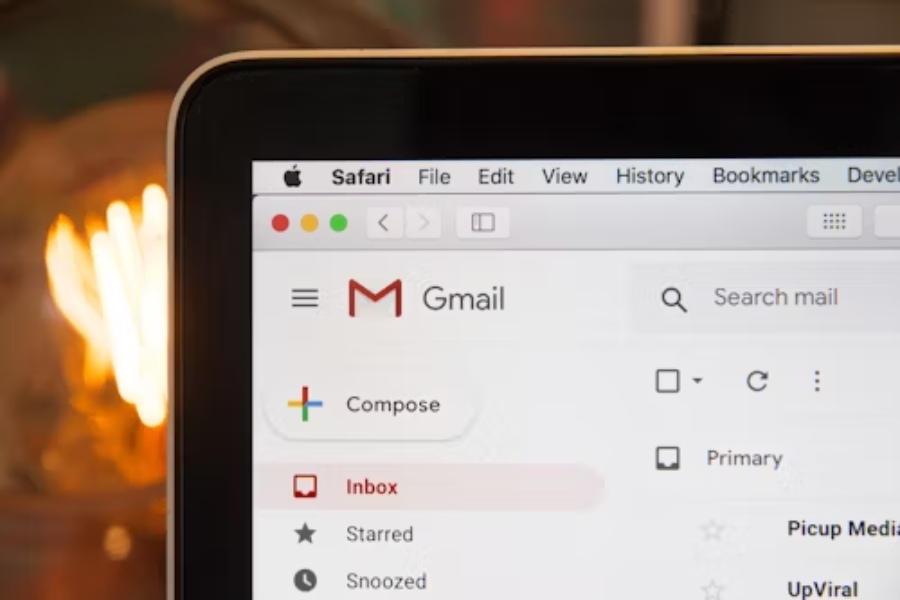How to Write an Email Campaign: Tips for Maximum Impact

Creating a successful email campaign is essential for businesses to engage with their audience and drive conversions. Whether you are a small business owner or a marketing professional, knowing how to write an email campaign is crucial to reaching your audience effectively. Email campaigns allow you to connect with customers, nurture relationships, and ultimately, increase sales. However, crafting an effective email campaign requires careful planning, thoughtful content, and a strategic approach.
This article will guide you through every stage of crafting a successful email campaign—from setting your goals and understanding your audience, to analyzing performance after sending. Let’s dive into the world of email marketing, starting with the planning process.
Planning Your Email Campaign Strategy
Effective email campaigns begin with strategic planning. Without proper planning, your emails may not connect with your audience. It’s essential to define your objectives, know your audience, and choose the right type of campaign.
Setting Clear Goals for Your Campaign
Start by identifying what you want to accomplish with your email campaign. Are you looking to increase sales, promote brand awareness, or drive traffic to your website? Your goal should guide the campaign’s direction. Use SMART (Specific, Measurable, Achievable, Relevant, and Time-bound) goals to ensure your objectives are clear and measurable.
Understanding Your Audience
Before drafting your email, take the time to understand your target audience. Consider their interests, needs, and pain points. Are they more likely to respond to a discount, a new product launch, or valuable content? Tailoring your email to address these specific interests will make your message more compelling and relevant.
Choosing the Right Type of Email Campaign
Select the type of campaign that aligns with your goals. For example, newsletters or announcements are great for content-driven objectives, while promotional offers are more suitable for driving sales. The right type of campaign will help you achieve your desired outcome more effectively.
Crafting Engaging Content for Your Email Campaign
The heart of any email campaign lies in creating compelling content that resonates with your audience. Here’s how to craft content that drives results.
- Writing a Catchy Subject Line: The subject line is the first thing your recipients will see, so it’s essential to grab their attention immediately. Use curiosity, urgency, or personalization to make your subject line stand out. Keep it concise and to the point, as long subject lines may get cut off on mobile devices. A strong subject line can significantly increase your open rates.
- Personalizing Your Content: Personalization is key to engaging your recipients. Address them by name and tailor your message based on their previous interactions or preferences. For example, “Hey [Name], we’ve got a special offer just for you” can make the email feel more personalized and encourage action.
- Creating the Body Copy: The body of the email should align with the subject line and deliver clear value. Keep the message concise, using bullet points or short paragraphs for easy readability. Ensure the tone matches your brand’s voice and always include a clear call to action (CTA), such as “Shop Now” or “Learn More.”
- Designing the Email Layout: A visually appealing email layout enhances readability and engagement. Ensure the design is mobile-friendly, as many people check emails on their smartphones. Use well-sized fonts, appealing images, and place the CTA button where it’s easy to find.
Segmenting Your Email List for Targeted Campaigns
Audience segmentation is one of the most effective ways to improve your email campaign results. By grouping your email list based on specific characteristics (such as demographics, purchasing history, or behaviors), you can send more relevant and personalized content to each segment.
Benefits of Email Segmentation
There are various ways to segment your email list:
- Demographics: Age, gender, location, etc.
- Behavior: Past purchases, email interactions, or website activity.
- Engagement Levels: Segment based on how often customers interact with your emails.
By focusing on your audience’s unique needs, you can boost engagement rates and improve customer loyalty. If you’re unsure where to start, using a SigFig Calculator can help you better understand your target market’s behavior and preferences.
Scheduling and Sending Your Email Campaign
Timing is crucial when sending email campaigns. Sending emails at the wrong time can reduce engagement and lower conversion rates. In this section, we’ll explore how to schedule your emails for optimal results.
Best Time to Send Emails
Studies have shown that the best time to send emails varies by industry and audience. For example, emails sent early in the morning (between 6 AM and 9 AM) tend to have higher open rates, while emails sent on Tuesdays and Thursdays have the highest click-through rates.
Frequency of Emails
You need to determine how often to send emails to your list. Too many emails can overwhelm recipients and lead to higher unsubscribe rates, while too few can result in poor engagement. The key is consistency. Whether you’re sending weekly newsletters or promotional emails, keep a regular schedule that your audience can expect.
Analyzing Email Campaign Performance
After sending your email campaign, tracking its performance is crucial to understanding what works and what needs improvement. This section will focus on the metrics you should monitor and how to use that data to refine future campaigns.
Key Metrics to Track
- Open Rate: The percentage of recipients who open your email.
- Click-Through Rate (CTR): The percentage of recipients who clicked on a link within your email.
- Conversion Rate: The percentage of recipients who completed the desired action, such as purchasing a product.
- Unsubscribe Rate: The percentage of recipients who unsubscribed from your email list after receiving the campaign.
Using A/B Testing
A/B testing helps you compare different subject lines, email content, or calls to action to see which performs better. Regularly testing different elements can help you optimize future campaigns and improve performance over time.
Judgment
In conclusion, writing an effective email campaign requires careful planning, compelling content, and continuous performance analysis. By understanding your audience and tailoring content to their needs, you can create email campaigns that drive engagement and meaningful results. Incorporating SEO strategies helps boost visibility, while a clear and concise call to action increases conversions. Keep in mind that email marketing is not a one-size-fits-all approach—what works for one audience might not work for another. Therefore, regularly reviewing metrics, testing different approaches, and adapting your strategy are crucial for long-term success. With the proper techniques, your email campaigns can build stronger connections and achieve desired outcomes.
FAQ’s
How do I write an email campaign that gets results?
A successful email campaign starts with a clear goal, a targeted audience, and engaging content. Personalize your emails, use compelling subject lines, and include a strong CTA.
What tools should I use to create an email campaign?
Popular tools include Mailchimp, SendGrid, and Constant Contact. These tools offer templates, automation features, and performance tracking.
How often should I send email campaigns?
The frequency depends on your audience. For newsletters, once a week or bi-weekly works well, while promotions can be sent more sporadically.
What is the best time to send an email campaign?
The best time varies, but early morning (6 AM-9 AM) and mid-week (Tuesday or Thursday) generally yield high open rates.
How do I track the success of my email campaign?
Track open rates, click-through rates, conversions, and unsubscribe rates. These metrics provide insight into how well your campaign is performing.
